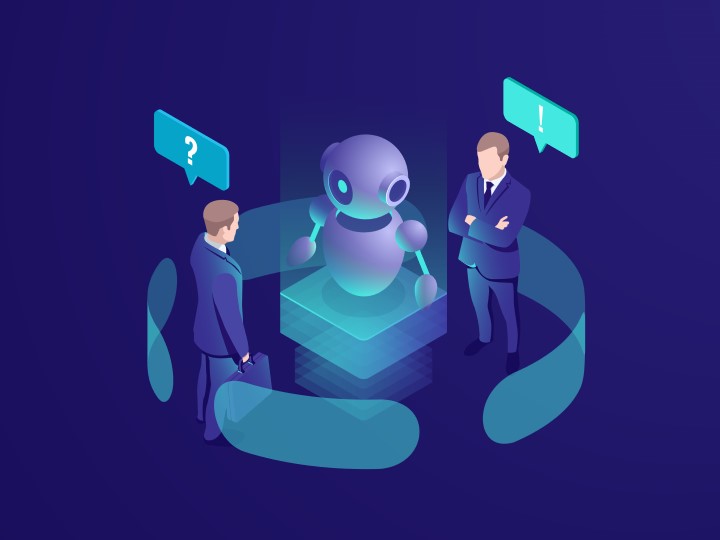Why Conversational AI
According to IBM, every year, 265 billion customer service calls are made, and businesses spend $1.3 trillion on servicing them. 80% of them can be served by AI chatbots without human involvement.
What is an AI chatbot and why does it become increasingly important?
An AI chatbot is an AI-based computer program that interacts with humans, provides intelligent answers, and simulates human interactions.
For example, when you are searching online for help about buying banking products, insurance, certain goods or services or perhaps investing in mutual funds, the chatbots will assist you by listening to your request and delivering answers that cater to your needs, whilst behave and talk like a customer support agent.
“According to IBM, every year, 265 billion customer service calls are made, and businesses spend $1.3 trillion on servicing them. 80% of them can be served by AI chatbots without human involvement.”

Through self-service and automation, companies can reduce customer service costs from 30% on average up to 100%.
Unlike live agents, AI assistants can work around the clock, 24/7, they don’t need sleeps, coffee breaks or rest time. They aren’t absent due to illness, holidays, or employment termination. Beyond cost savings, these virtual assistants can be leveraged as a business continuity strategy for customer service centers. They can be used to cross-sell a company’s full portfolio of service, especially when combined with an effective recommendation system in place, or up-sell higher-end product, an upgrade, or an additional item, thus, increase revenues and significantly impacts a company’s business.
Task-oriented and open-domain conversational AI. What are available approaches and tools?
There are numerous platforms and tools you can choose to build a conversational AI. The choice largely depends on your needs.
Picture 1. Demo of AI Chatbot by Aigenexpert

Sometimes, third-party platforms like Google Dialogflow, IBM Watson Assistant, Amazon Lex, Azure Bot Service would be enough. Other times open-source frameworks would be required where you might have hit development limitations with third-party platforms. Some well-known open-source frameworks include Rasa, Botpress, OpenNLU – the Aigenexpert’s demo in Picture 1 is an example that utilizes open-source. In some other cases, you might need to build a conversational AI from scratch, with or without utilizing some of the frameworks above in part, due to the fact that those frameworks are not complicated enough in building a conversational AI that mimic highly advanced human interactions.
Most of the frameworks above allow task-oriented chatbots, i.e. chatbots that have defined tasks based on users’ inputs. There is another type of chatbots, namely open-domain chatbots whose responses are not bound to pre-defined rules or tasks, but entirely based on the context of the conversation. The responses vary greatly and are closely related to the context of the conversation and the human responses. For example, there was a project in which our data scientist had to build an AI virtual lover that talks like a specific anime character, resembles the choice of words, the style of speaking, with humor, empathy, wit etc. That is one of the advanced cases where you need the heavy guns, the true hard-core data scientists, NLP engineers, AI experts, like in the project our data scientist was involved in.